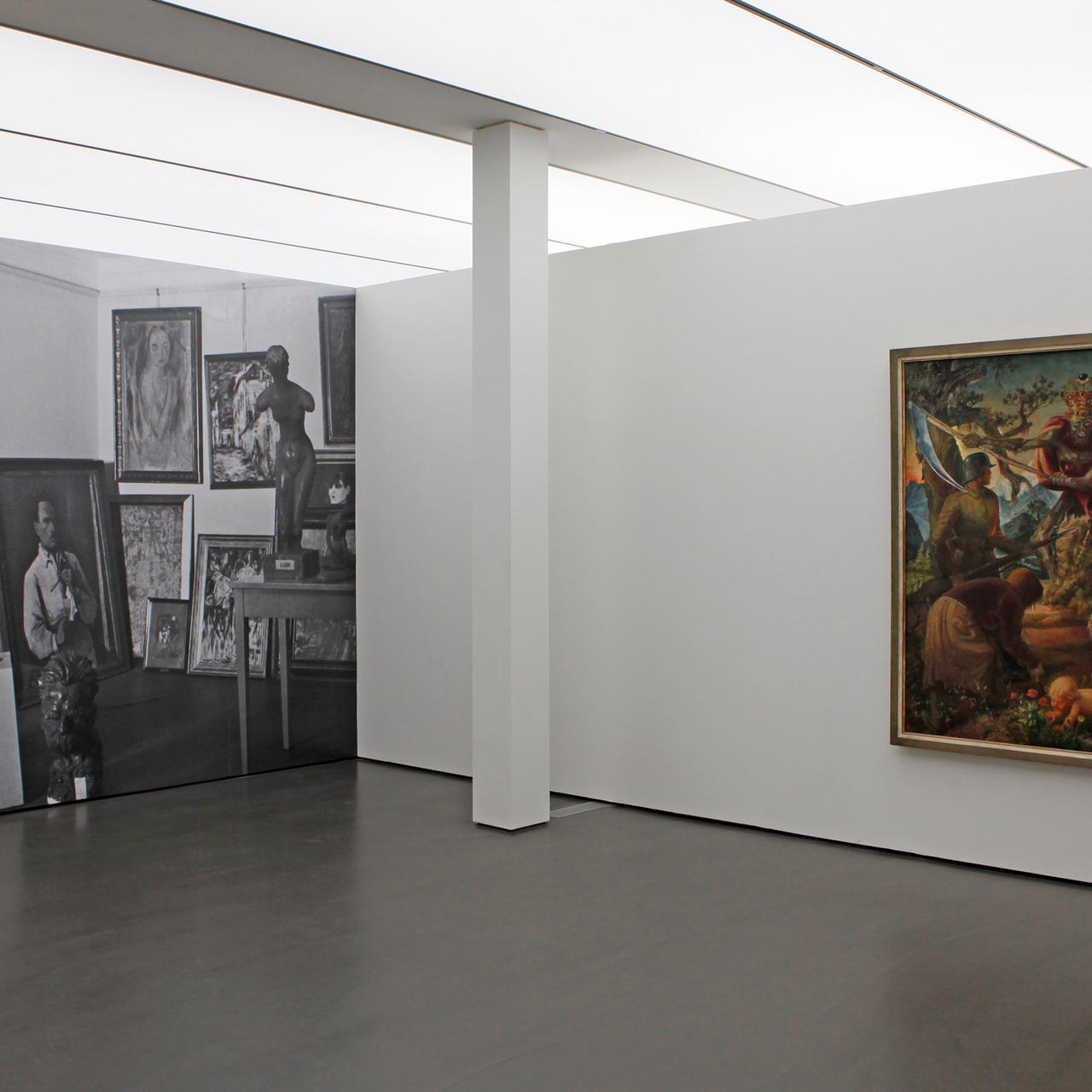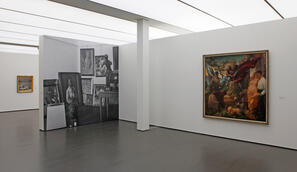
The Eye of the World. Otto Dix and the New Objectivity
Different exhibitions and research projects are / were making the New Objectivity the center of attention. In Stuttgart, the Kunstmuseum used its important collection of works by Otto Dix as a basis to understand this style as a major artistic language in modernism. Otto Dix self-confidently seized upon one of the great currents of twentieth-century art: “The New Objectivity, I invented that.”
The exhibition brought together around 120 works to investigate what characterizes the New Objectivity and how variously the term has been used and interpreted since the 1920s. At the time, conservative and progressive artists alike adopted its visual language. Otto Dix, with his portraits and radical images of society and war, created key examples of this new aesthetic, caricaturing and criticizing the conditions of the Weimar Republic. Even after 1933, Dix continued working in the style of the New Objectivity in his landscapes.
One focus of the exhibition was a direct comparison between Dix and artists such as Christian Schad, George Grosz, Rudolf Schlichter, Werner Peiner, Franz Radziwill, Georg Scholz, and Franz Lenk, which illuminates the different reactions to the National Socialist aesthetic and art policy.
Curators Simone Schimpf, Ilka Voermann
Sponsored by Volksbank Stuttgart eG, EnBW Energie Baden-Württemberg, RIB Software
Catalog
The Eye of the World. Otto Dix and the New Objectivity
Published by the Kunstmuseum Stuttgart in cooperation with the Chair of Medieval and Modern Art History at the Staatliche Akademie der Bildenden Künste Stuttgart
With a foreword by Ulrike Groos and Nils Büttner and essays by Julia Bulk, Nils Büttner, James A. van Dyke, Olaf Peters, Birgit Schwarz, Änne Söll, Daniel Spanke and Ilka Voermann
Softcover, 256 pages with numerous images, English
Hatje Cantz Verlag
Out of print







